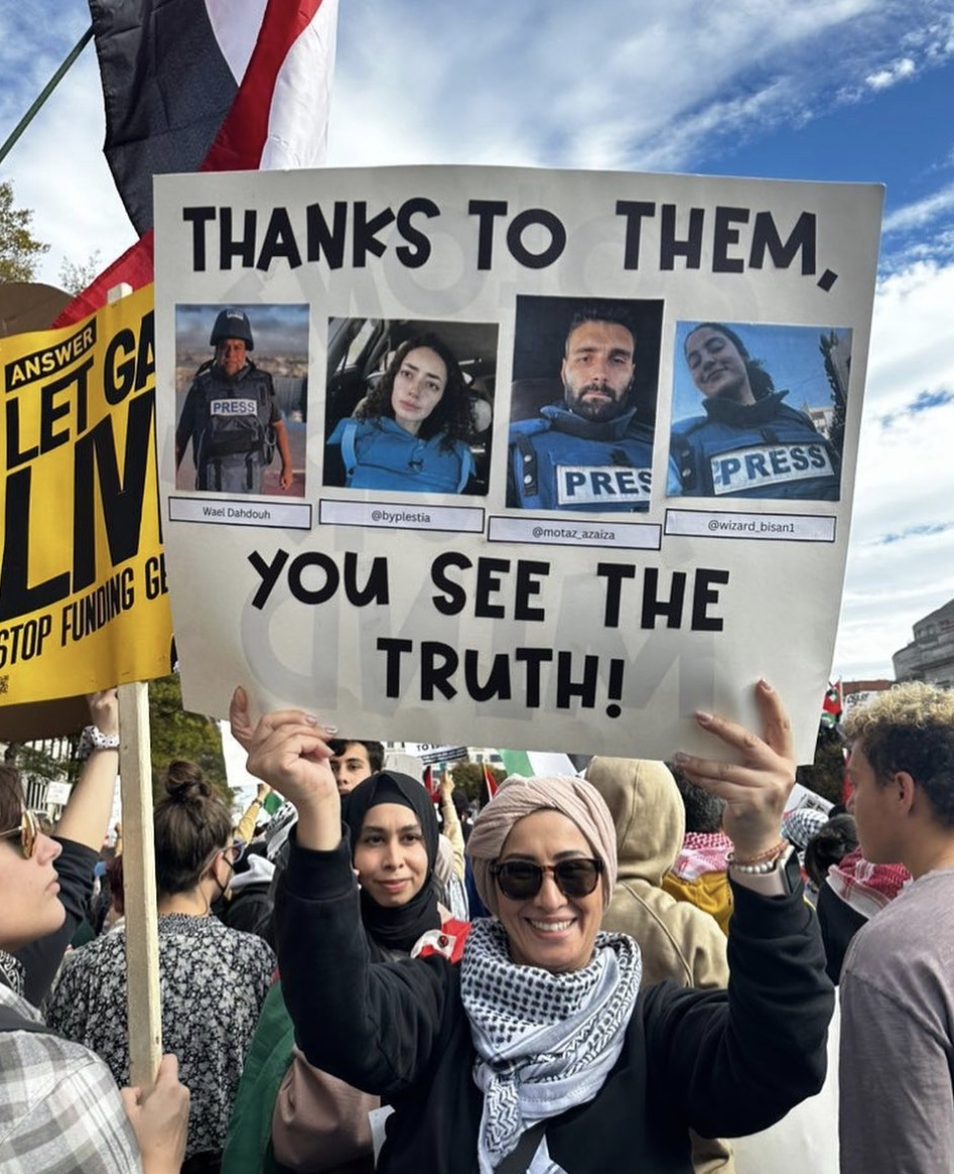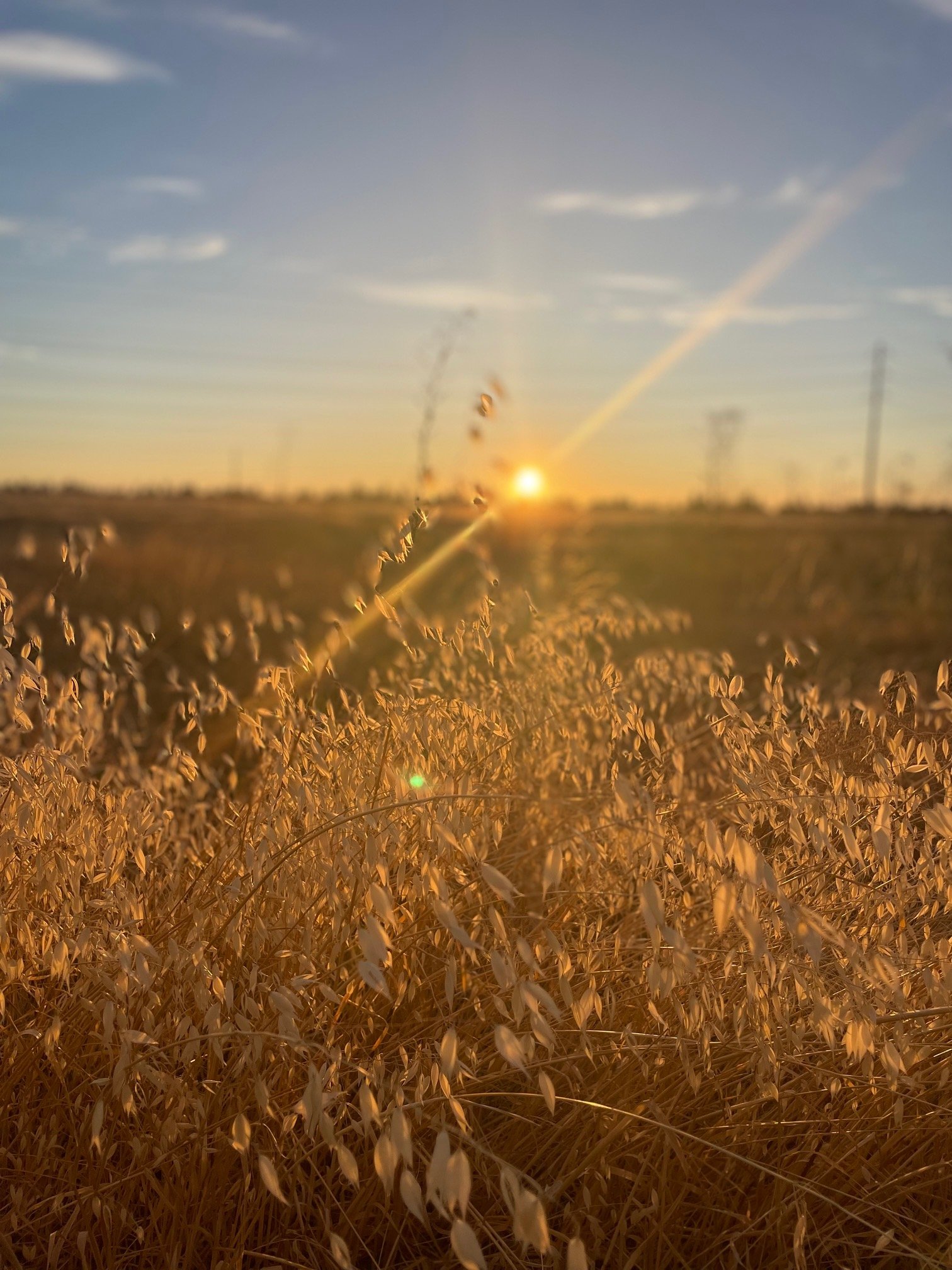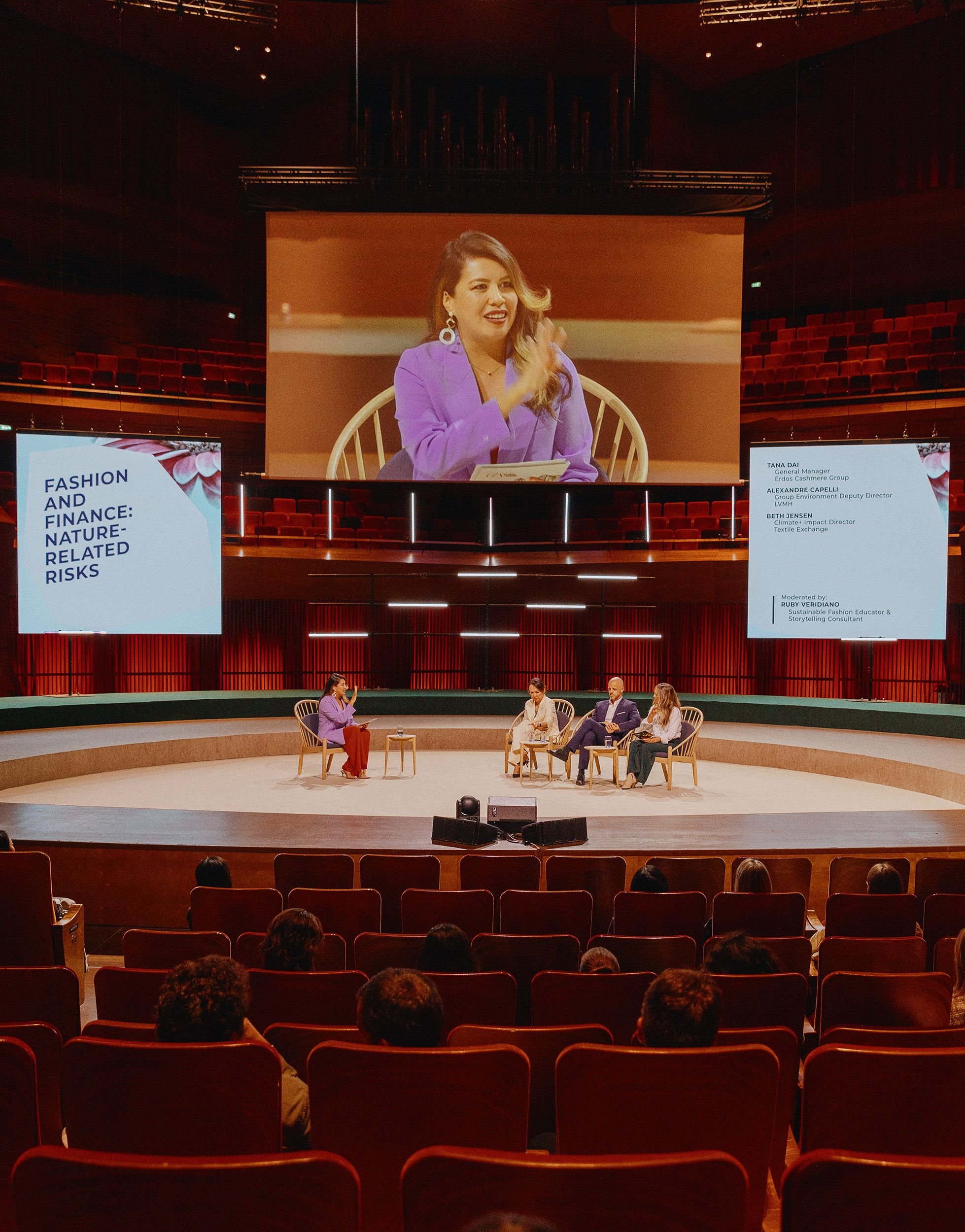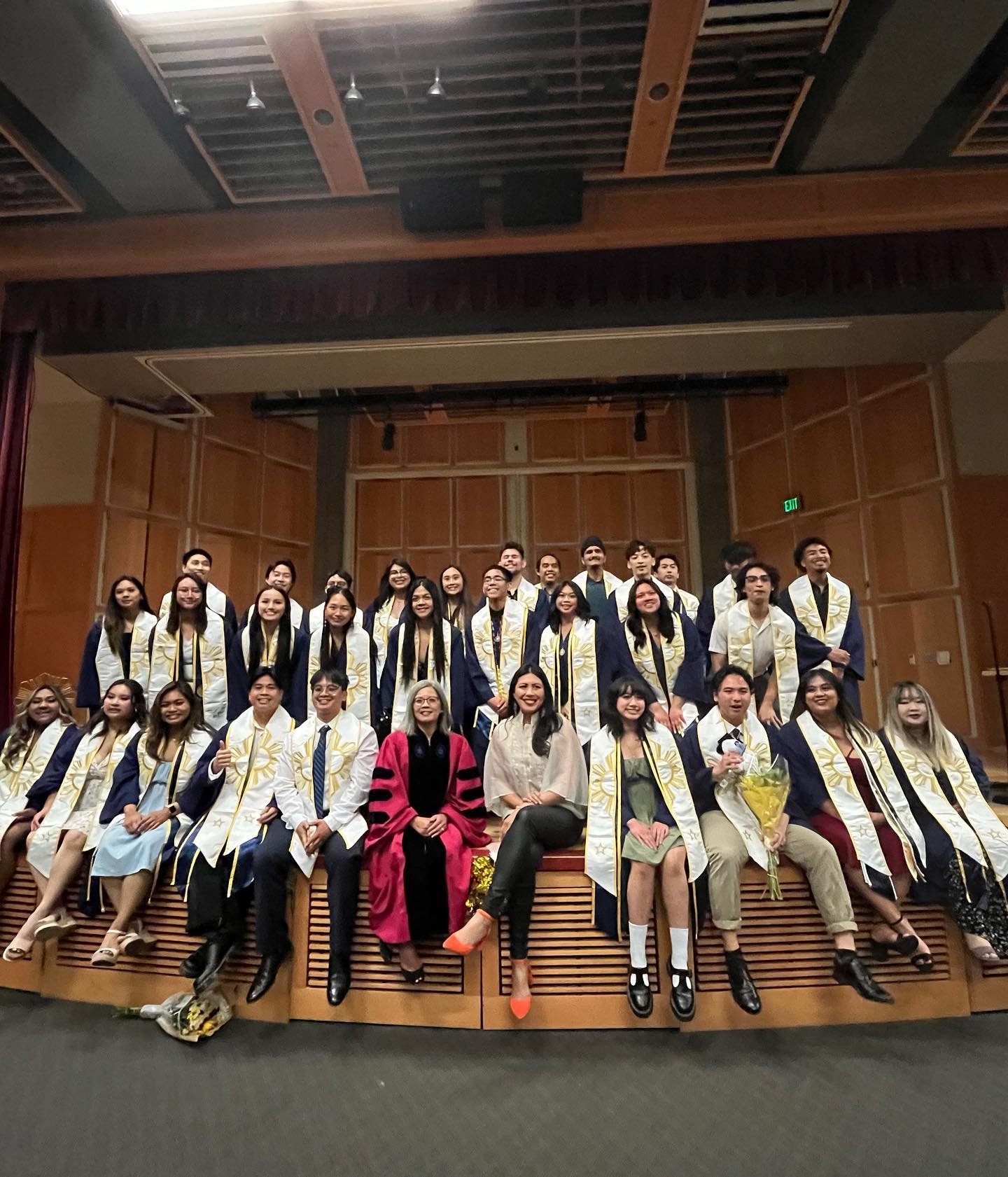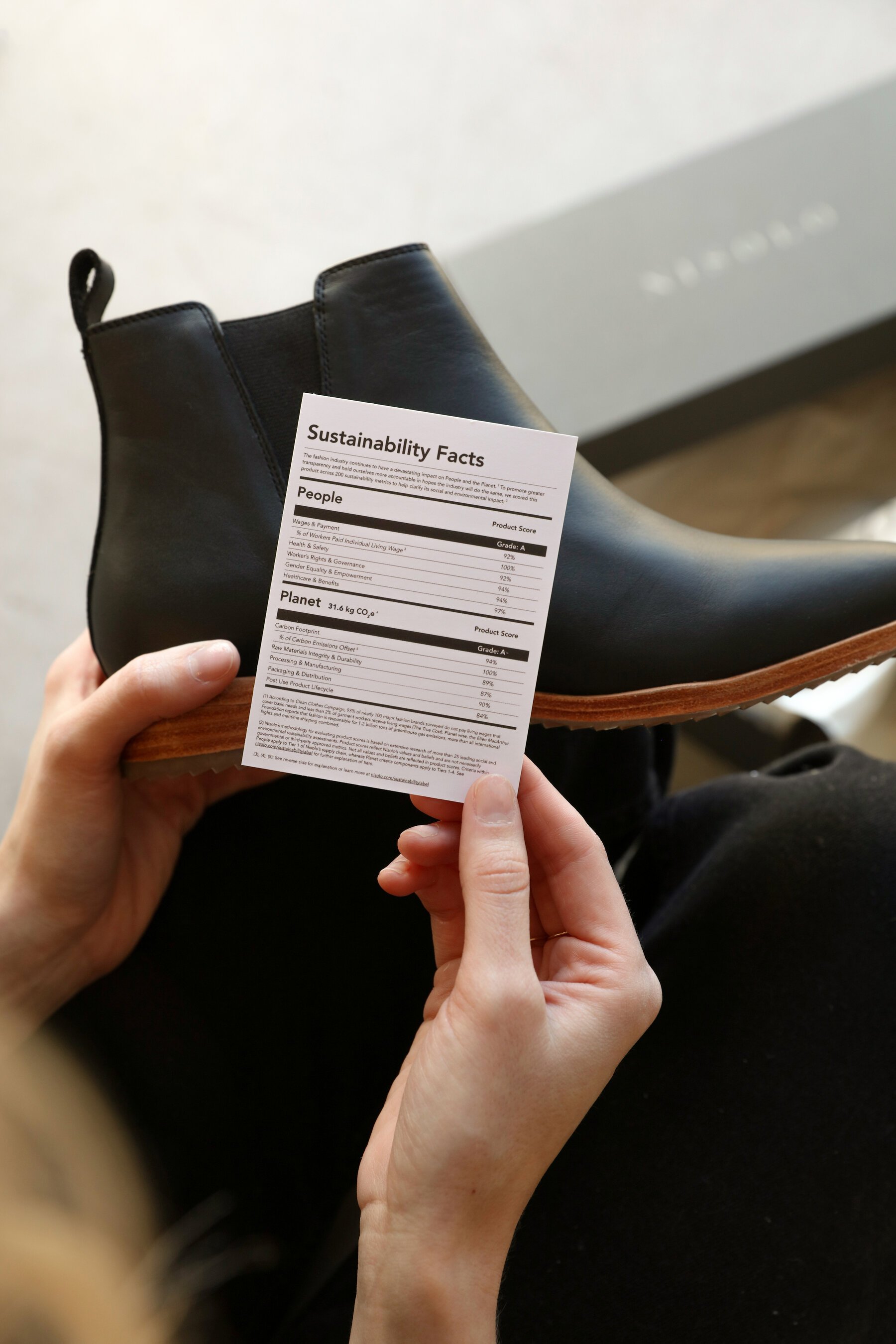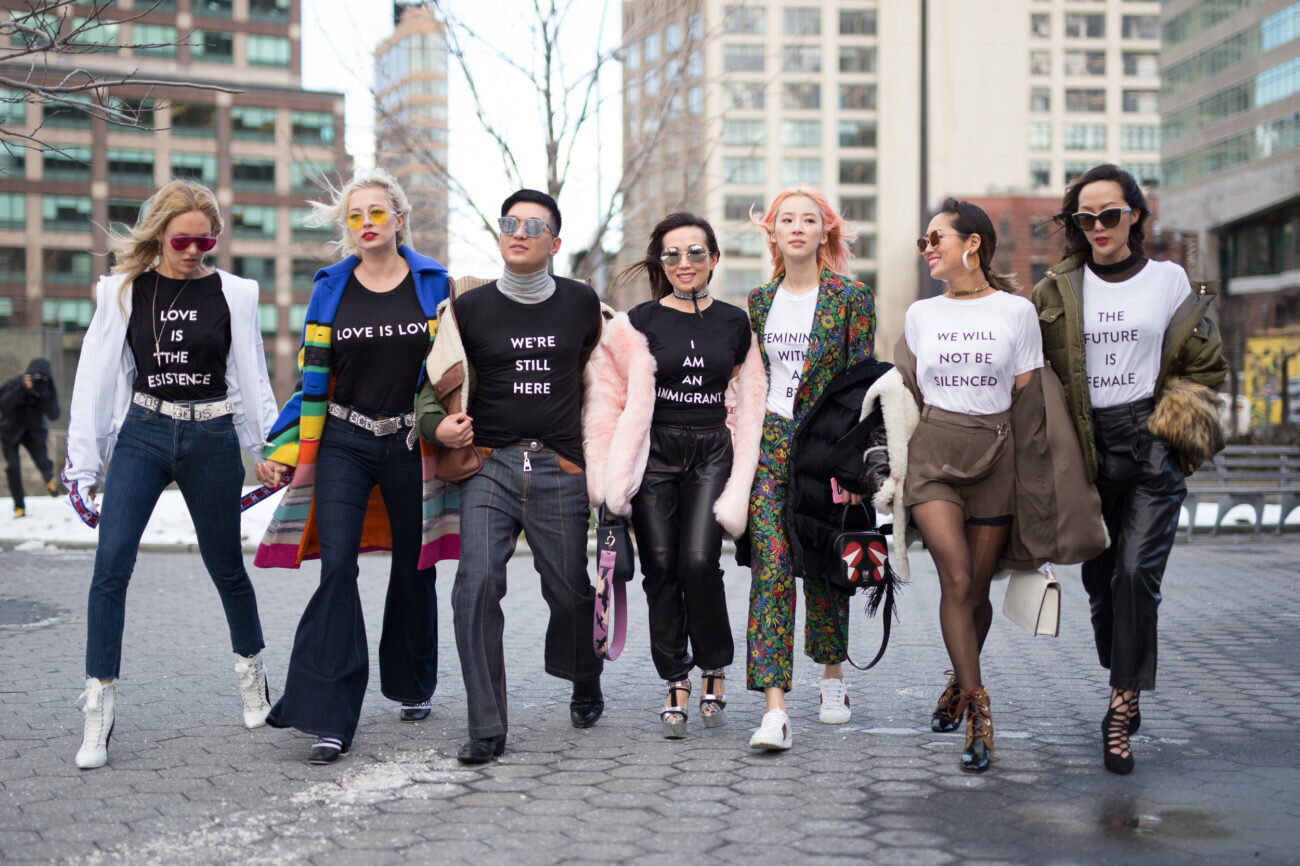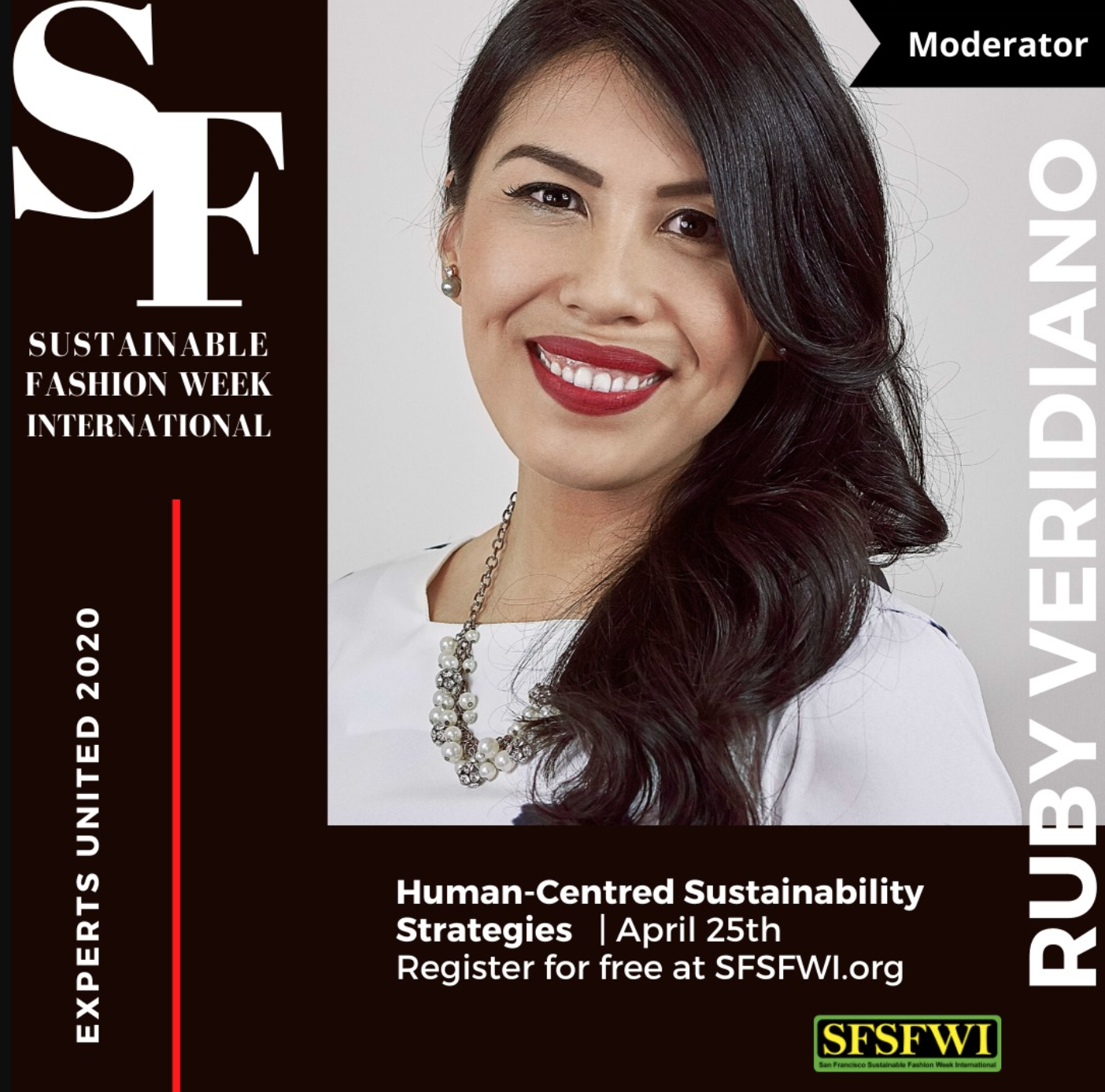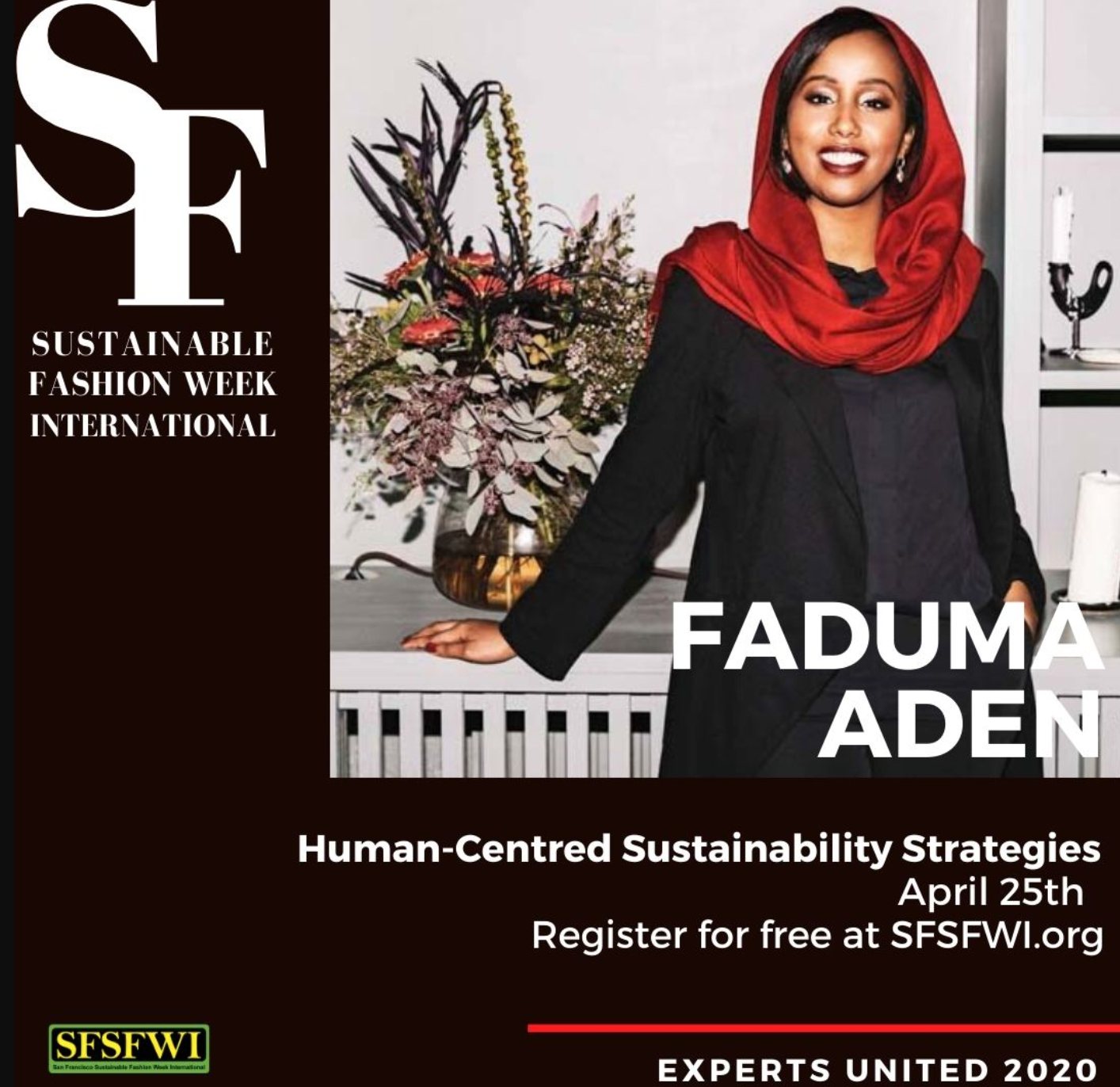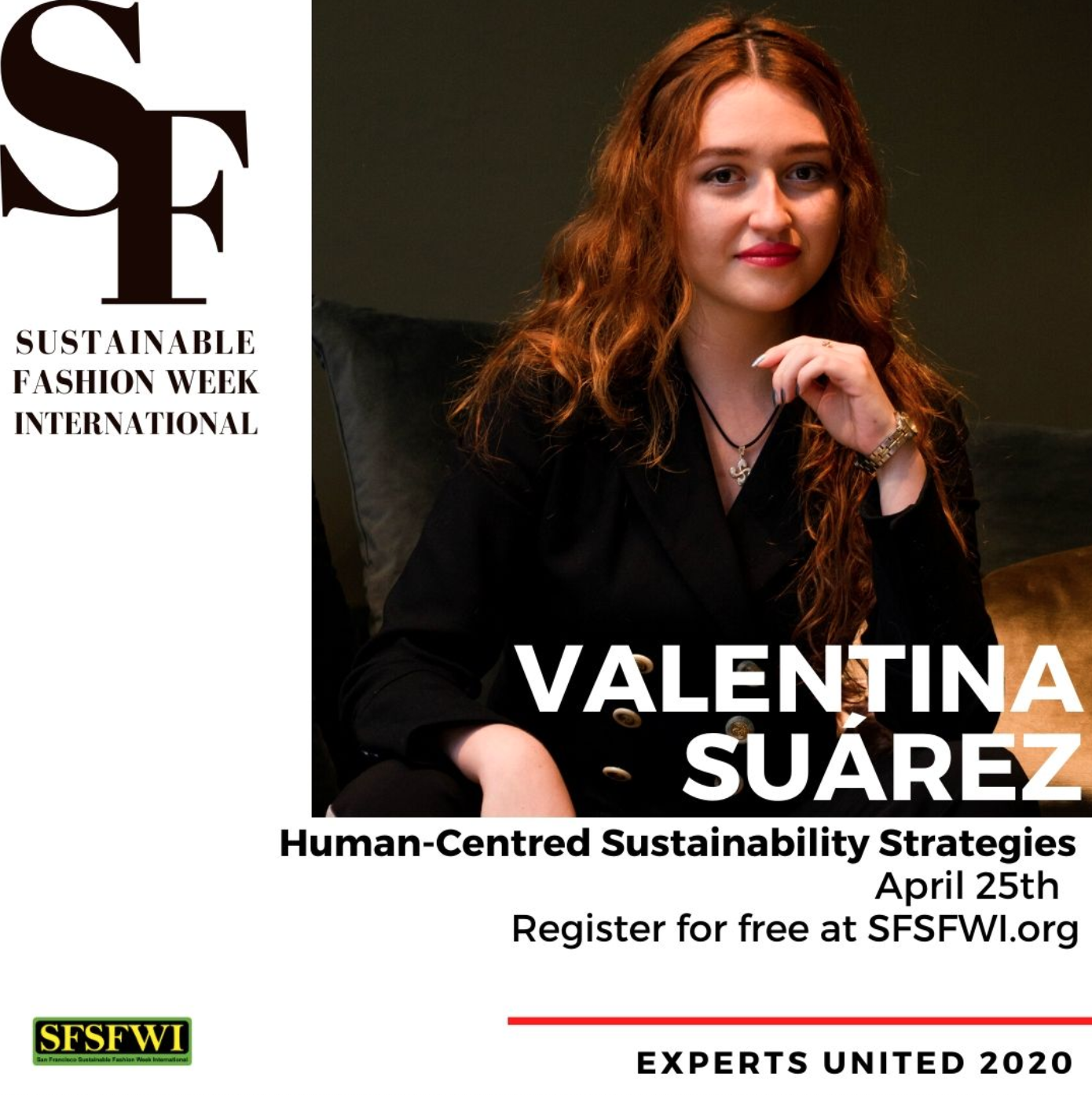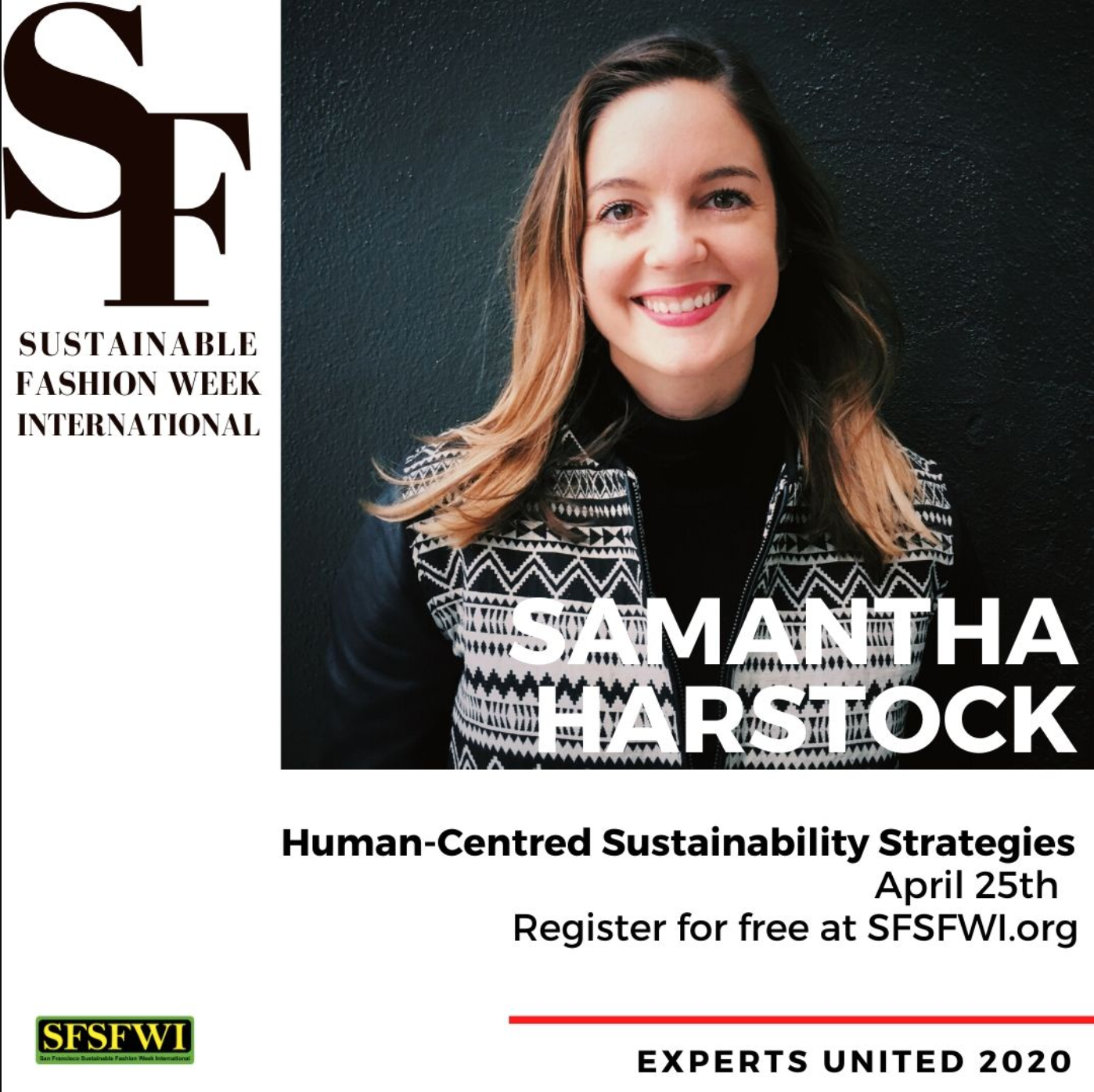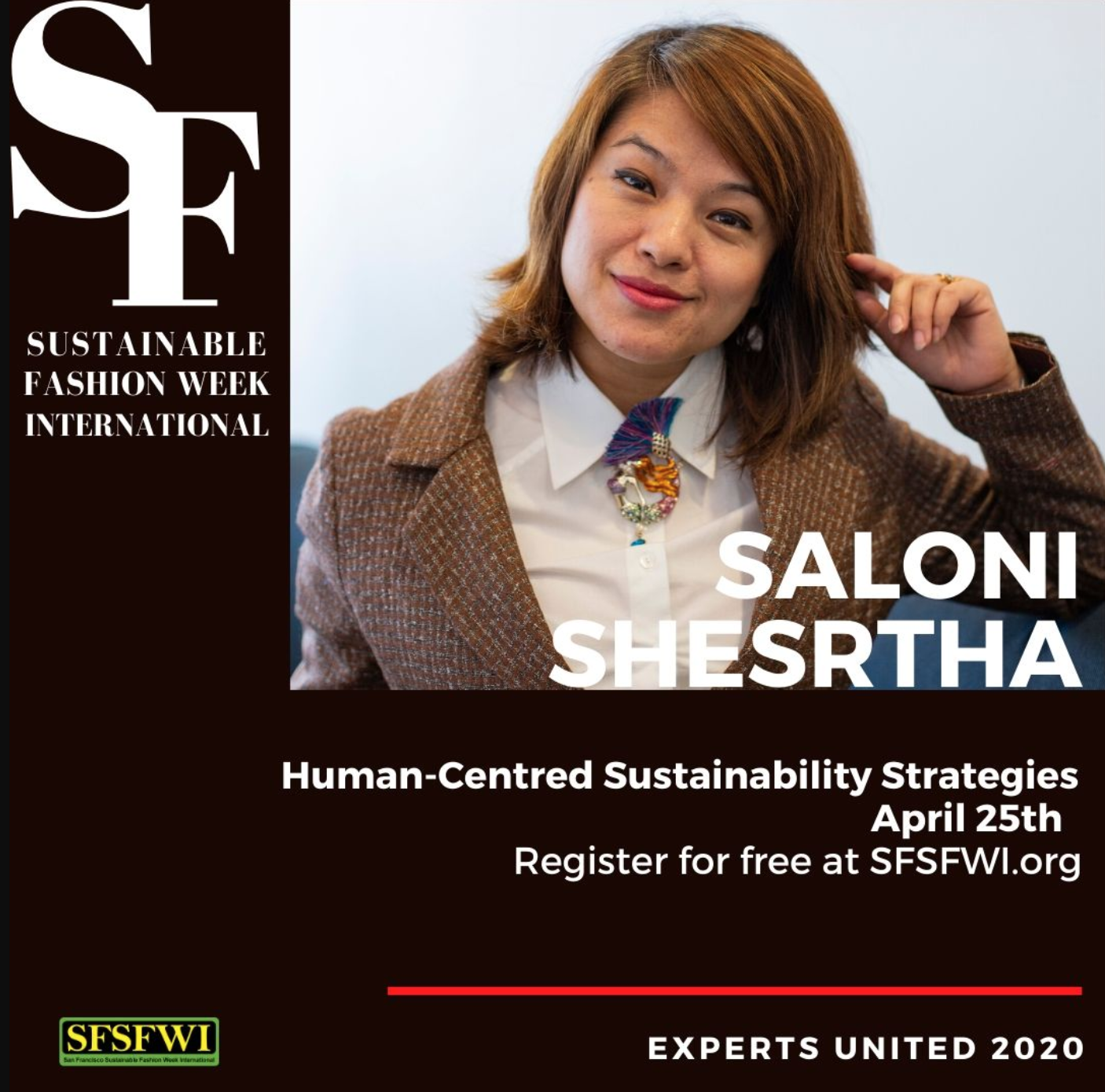Art work by artist Sonia Whittle
“Indeed, all the great movements for social justice in our society have strongly emphasized a love ethic.”
As a teenager, a series of serendipitous events led me to volunteer under the angelic guidance of a woman affectionately known as Miss Renée. Miss Renée lived on G Parkway, a residential street in Sacramento known to be the intersection of gang violence. Because of this, G Parkway was known to have one of the highest rates of homicide in my hometown.
In hindsight, I should have been a little more worried to go into G Parkway every week. But Miss Renée’s presence always made me feel so warm and so safe.
Despite the fact that my friend and I were the only Filipina members joining a predominantly African American volunteer group, we always felt welcomed and embraced. Miss Renée hosted teens after school for a youth leadership program that taught us how to serve through community drives. But the most memorable transformations happened in her living room, through the simple act of listening to one another’s dreams and affirming them.
Through Miss Renée’s intentional facilitation, we became mirrors for one another, reflecting each other’s possibilities. Her living room was also the first place that taught me about the undeniable power of Black and Asian solidarity despite the fact that I didn’t have very many real-life examples of it during that time.
It was through this experience that I learned what it meant to truly be in community, where I witnessed true love as a verb; exercised through acts of service and affirmation for others.
Though my time with her only lasted a few months, what I learned from Miss Renée about the practice of community building has anchored the foundation for my life’s path. She also prepared me to become an activist.
I have to admit, I was often the one ‘ruining the vibes’ by talking about injustice when all my peers wanted to do was party and have fun. Back then (and perhaps even now), it was annoying and inconvenient to talk about world issues because it punctured holes in the normal, everyday things that people enjoy. Today, even as activism has become more widely embraced, I still find myself being conscious of ‘passing the vibe check’ as I insist on bringing up issues like climate change, fast fashion, and a Free Palestine.
Why bring in the sharp edges of injustice when all people want is a soft escape from the woes of their everyday lives?
Why be a party pooper when people just want to watch the Super Bowl?
Why put myself at risk for because I insist on speaking up?
Because I was lucky enough to be mentored by women like Miss Renée to learn firsthand that activism is not an inconvenience, but rather AN ACT OF LOVE.
And she wasn’t the only one.
As a young Filipina woman in America who didn’t see reflections of myself in the books I read or the television I consumed, it was the mentorship and works of Black women who taught me how to love deeply and profoundly.
Sonia Sanchez and Toni Morrison taught me how to love the world through my words and stories. I learned I could have a place in feminism and center a love ethic through bell hooks. It is through the activism of Angela Davis and the poetry of June Jordan that taught me what a Free Palestine means to the world.
In my personal life, I learned how transformative it was to make someone feel seen through the affirmation of middle school educators like Natasha Boyd (who I am still friends with to this day!). And most of all, I learned how to love myself by discovering the God in me through the teachings of my former church leader, Reverend E, every Sunday when I lived in Oakland.
I learned the practice of loving myself and loving on each other through the countless Black women who welcomed me into their hearts as a friend, a mentee, a student and as a mentor.
And while I have been blessed to learn from Black women, I am also conscious of the fact that society tends to place the burden them even though it is NOT their sole responsibility to do the emotional labor of creating a more just and inclusive world.
So my love language is: I will speak up for you. I will do my best to contribute to a healing planet and a world that protects you. I will do my best to make you feel seen and safe and cared for.
Because my activism is an ACT OF LOVE.
With all my heart,
Your Filpina Sister
This blog was inspired by recent posts shared by fellow Asian-American women Kay Fabella and Laura Chung. Thank you.






